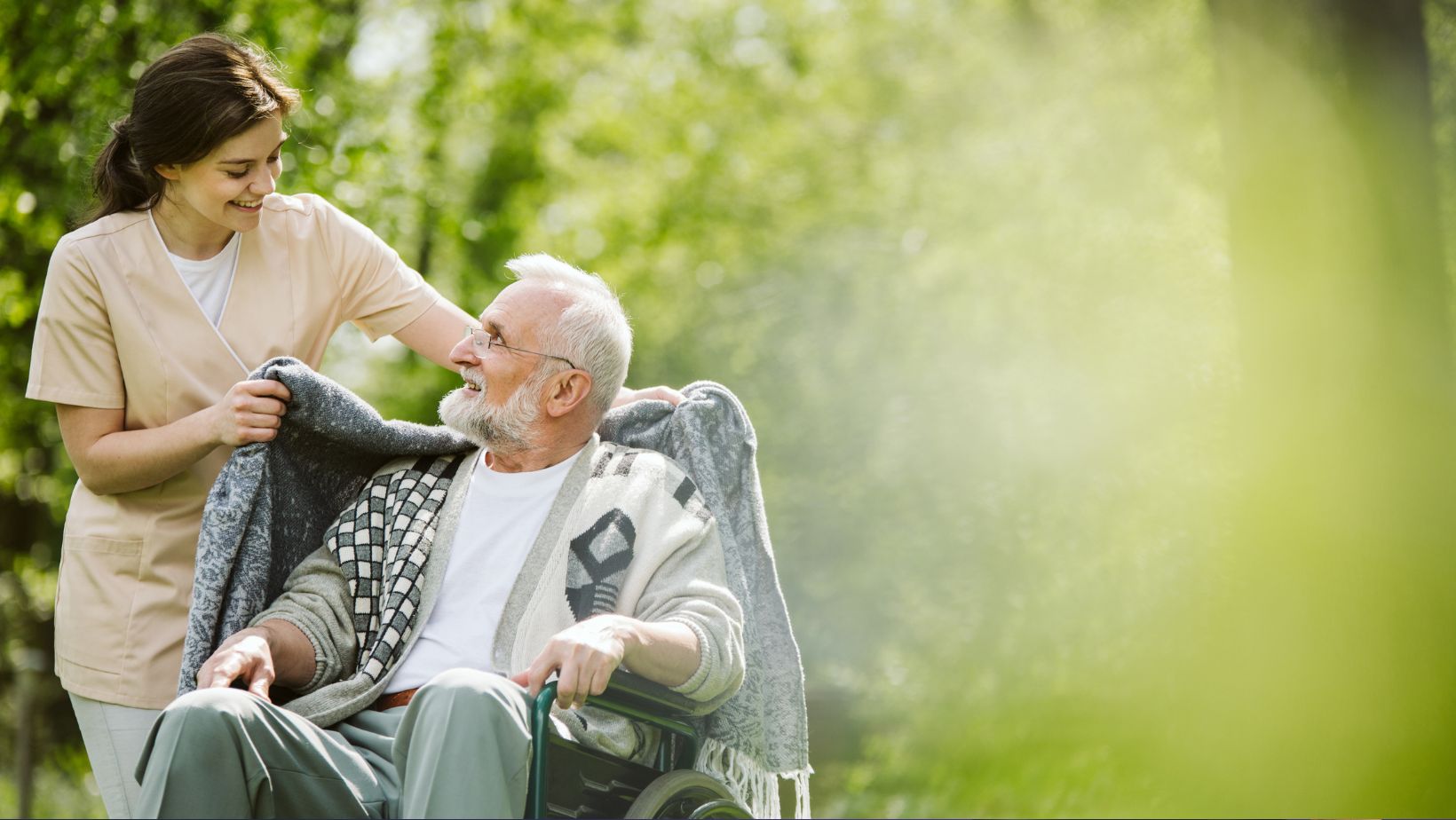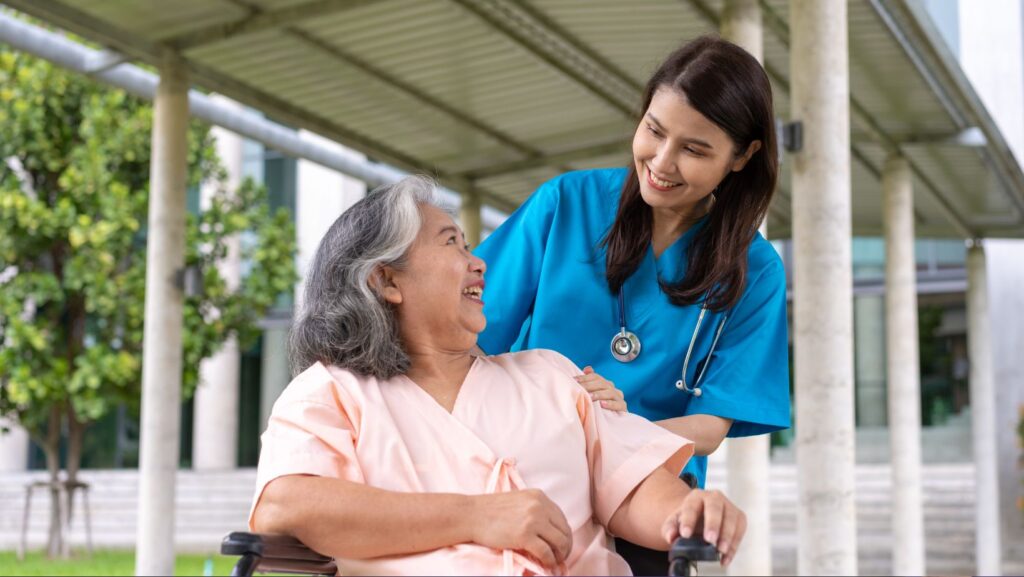Varicose veins, caused by poor blood circulation, often affect legs. This condition can lead to discomfort, pain, and complications for older adults; family caregivers play an invaluable role in providing essential daily support, tracking symptoms, and encouraging healthy lifestyle habits for this group of conditions.
This article highlights the essential role family caregivers play in managing varicose veins, offering practical strategies and advice that can improve both care quality and overall well-being for those affected by this condition.
Understanding Varicose Veins: A Caregiver’s Guide
What Are Varicose Veins?
Varicose veins, more commonly referred to as varicose veins, are enlarged twisted veins found most commonly on legs and feet. Varicose veins occur when valves in veins responsible for blood flow become weak or damaged and allow blood pooling, leading to them swelling visibly under the skin and becoming visible under its surface. While commonly perceived as cosmetic issues, varicose veins can also cause discomfort, pain and other health complications if left untreated; understanding this condition better helps caregivers manage care more effectively for those affected.
Causes and Risk Factors in Elders
Seniors are at an increased risk for varicose veins due to age-related factors, including reduced vein elasticity and valve function. Other risk factors for varicose veins in this age group may include prolonged standing or sitting periods, obesity, family history and hormonal changes (particularly among women) while chronic conditions like high blood pressure and inactivity are also contributors to varicose vein development. Caregivers must be aware of these risk factors to help with prevention and management strategies for elderly clients.
Recognizing Symptoms and Complications of an Impending Medical Crisis
Varicose vein symptoms often include visible, swollen veins, heavy and achey legs, as well as swelling in the lower legs. More serious symptoms may include skin discoloration, itching and ulcers near ankles; left untreated complications like blood clots and chronic venous insufficiency could arise, so caregivers must keep an eye out for worsening signs to ensure timely intervention and care.
Creating a Supportive Environment at Home
Adjusting Your Home Environment
Setting up a safe and accessible environment for people living with varicose veins, especially seniors, is of paramount importance. Family caregivers can assist by making sure the furniture is arranged to facilitate easy movement without forcing their loved one to stand or sit for extended periods.

Consider providing comfortable chairs that elevate legs while placing necessary items within easy reach to reduce strain. Non-slip rugs and handrails in places like bathrooms and stairways may help protect from falls that exacerbate vein problems further.
Enhancing Mobility within the Home
Mobility is key in combatting varicose veins. Caregivers can encourage seniors’ physical movement by helping them take short walks around their house or doing simple leg exercises while sitting. Even walking to and around the living room at regular intervals can increase circulation and prevent pooled blood in legs – making mobility part of daily routine helps effectively manage varicose veins.
Implement Routines for Improved Circulation
Establishing routines that support circulation are an integral component of managing varicose veins effectively. Caregivers should encourage practices like elevating legs several times each day, drinking plenty of water and wearing compression stockings as prescribed – these behaviours will become easier to follow and more effective at relieving symptoms and preventing complications.
Daily Care Strategies for Managing Varicose Veins
Supporting Physical Activity and Exercise programs
Physical activity is vital to managing varicose veins effectively, as it helps promote healthy circulation and prevent blood from pooling in the legs. Family caregivers should encourage gentle exercises for varicose vein management such as walking, swimming or leg lifts to strengthen leg muscles that support veins. Caregivers can also establish routines that incorporate these exercises into daily life – making managing varicose veins an integral part of managing this condition more effectively.
Utilizing Compression Stockings and Proper Footwear
Compression stockings are an invaluable asset when it comes to treating varicose veins, as they apply gentle pressure directly onto the legs and promote blood flow back towards the heart. Caregivers should assist their loved one with selecting and wearing compression stockings of an appropriate type and fit each day – while supportive footwear also plays an integral part in managing symptoms associated with varicose veins as it reduces strain on legs while increasing circulation – further helping alleviate symptoms while preventing complications that come with having varicose veins.
Hydration and Diet Considerations
Maintaining proper hydration is vital to maintaining good vascular health, as it keeps blood flowing freely. Family caregivers should encourage regular water consumption and monitor diet to include foods that support vein health, such as those rich in fiber, antioxidants and vitamins. Limiting salty processed food consumption to avoid fluid retention which exacerbates varicose veins further. Promoting balanced nutrition and adequate hydration are both powerful ways of helping manage this condition effectively.
Emotional and Psychological Support for Caregivers and Patients
Addressing Emotional Impact on Seniors
Varicose veins can significantly lower a senior’s self-esteem and confidence, leaving them feeling frustrated and powerless. Caregivers must acknowledge these emotions by providing compassionate listening ear services; open conversations about feelings may help alleviate stress while making them feel supported during this difficult period.
Encouragement and Assistance Provided
Caregivers play an essential role in motivating seniors to manage their condition effectively, reminding them of their progress and celebrating small victories with them, creating an increased sense of achievement while keeping morale high.
Supporting Emotional Wellness of Caregivers
Caregivers require emotional support as well. They should prioritize self-care, seek support from peers or counselling services when necessary, and take breaks as necessary to maintain their well-being while caring for others.
Coordinating Medical Care
Monitoring and Documenting Symptoms
Caregivers play an essential role in monitoring any changes to their patient’s condition, from swelling, pain or skin changes to timely medical intervention. Regular documentation allows caregivers to recognize patterns and communicate effectively with healthcare providers about progress or concerns for each patient.
Attending Medical Appointments and Follow-ups
Caregivers should assist seniors with attending all medical appointments and follow-ups, making sure to understand the treatment plan and pose pertinent questions during visits. Being present helps caregivers implement medical advice accurately at home while maintaining continuity of care. For those in the Thornton area, seeking vein specialists in Thornton can provide specialized treatment options and support to ensure optimal care.
Adherence to Medical Treatments
Caregivers should ensure seniors adhere to prescribed treatments such as medications, compression stockings or lifestyle modifications as prescribed. Caregivers can gently remind and assist their senior loved one in keeping to the regimen in order to effectively manage varicose veins and overall health.
Long-Term Care and Prevention Strategies
Preventing Varicose Veins from Worsening
Preventing varicose veins from worsening requires consistent management and vigilance from caregivers.

They can assist by encouraging physical activity, leg elevation, compression stockings and keeping weight at an appropriate level; all are key strategies in slowing their progress.
Planning for Long-Term Care Needs
As varicose veins can worsen over time, it’s essential that long-term care plans be drawn up and implemented. This should involve working closely with healthcare providers to monitor and adapt routine care accordingly in case any complications arise. Caregivers should also take into account potential needs such as mobility aids or professional home care services for continued well-being of their patients.
Conclusion
Family caregivers play an invaluable role in managing varicose veins by creating a supportive environment, encouraging mobility, and providing appropriate medical attention. Caregivers also can assist with daily care strategies as well as offer emotional support both to themselves and the person being cared for. Proactiveness is key when it comes to managing varicose veins effectively – by remaining informed of best practices for management and prevention of worsening symptoms, family caregivers can make an immense difference in quality of life of those they support as well as long-term health and well-being!
